If you enter from the National Mall side of the Smithsonian Museum of Natural History in Washington DC, the first thing you see is a mounted bull African Elephant. It is the largest taxidermied specimen in the world, of the largest land animal. On your left continues the Great Mammal Hall. In its entrance, a Bengal Tiger is posed to pounce on you, and a giraffe waves his tongue in greeting through a window. Though the entrance is not laid out in any order I can find beyond looking cool, it quickly segues into being arranged by continent or environment. The region about Australia, being the only continent to house all three subclasses of mammals, explains the differences between placental mammals, marsupials, and monotremes. I’m a big fan of being allowed to poke stuff, so I liked in the polar area where they had a chilled squirrel statue that you could touch, and feel how cold an animal’s body might get during hibernation.
And boasting a giant squid over ten meters in length and a multitude of whale skeletons hung overhead in the two story space, the Ocean Hall of the Smithsonian Natural History museum is an impressive sight. In its section about prehistoric marine animals, it had a Dunkleosteus skull, and the jaw of a shark that basically had a hacksaw as a tongue. I’d say between a quarter and a third of the exhibit was about how humans are destroying the ocean, and how pretty soon it’s just going to be inhabited by massive swarms of jellyfish, which is kind of my worst nightmare.
Human history, even ancient stuff, has never been a great interest of mine, but the Hall of Human Origins presented the information (and I know I sound like a textbook critic here) in a clear and compelling fashion. The hall had recently been re-done, and incorporated videos and technology efficiently. They even had a booth where you could have your picture taken, and then modify it to see what you might look like as another species of hominid. Much more detailed than what you might learn in school, instead of just talking about Neanderthals and Australopithecus Afarensis, the direct ancestor to us, Homo Sapien Sapiens, it had models and statues of others, like the hobbit-sized people of Polynesia.
The third floor, usually home to the dinosaur exhibit, was closed for renovation, but they had a smaller Dino hall set up near the mummies. It only contained a few full skeletons, and was obviously aimed towards young kids, but for a temporary exhibit it was rather well put-together. Like at the Carnegie, they had a fossil lab with large windows, so visitors could look in at how fossils are prepared for exhibits.
The Geologic exhibit held the world-famous Hope Diamond. Not being the kind of girl who’s interested in jewelry, I liked the crystal ball better. A large sphere of clear polished Quartz, when you looked into it, it showed the room and everything in it upside down, like a spoon does when you hold it the right distance from your face. Even cooler than this though, was the large piece of naturally magnetic rock. Not behind a glass case (yes!), it was covered in paper clips that you could experiment with sticking to it.
But surprisingly, my favorite exhibit didn’t contain any taxidermy. The temporary show, Nature’s Greatest Photography, was simply a gallery filled with large prints of the winning photos from the Windland Smith Rice International Contest. One of my favorites in it was a picture of two Bush Rabbits playing, where they are touching noses, with one flying high in the air. To me it seems like a cartoon, where the pretty girl finally kisses the awkward boy, and he’s so surprised and happy he literally jumps. The exhibit actually prompted me to buy a catalogue of its photos in the gift shop.
Unlike the American Museum of Natural History in New York, it’s free. It also will let you in by yourself if you’re under 16, which is why you won’t see a blog post about that museum. I didn’t go into the insect exhibit, but I’ve been told that you should go see the butterflies, if you’re ever in DC.
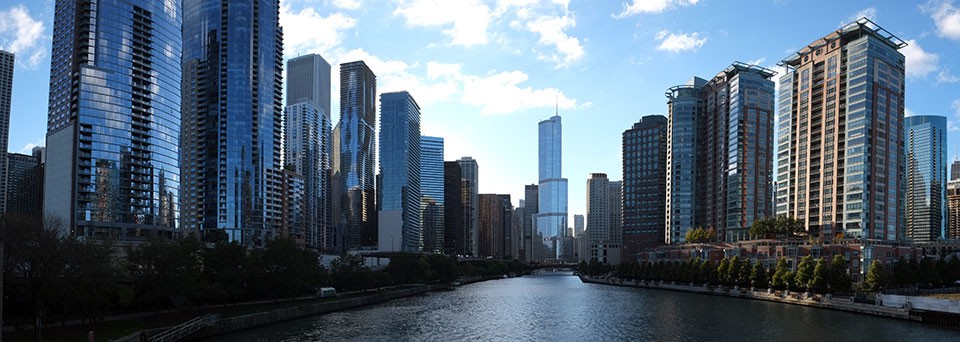

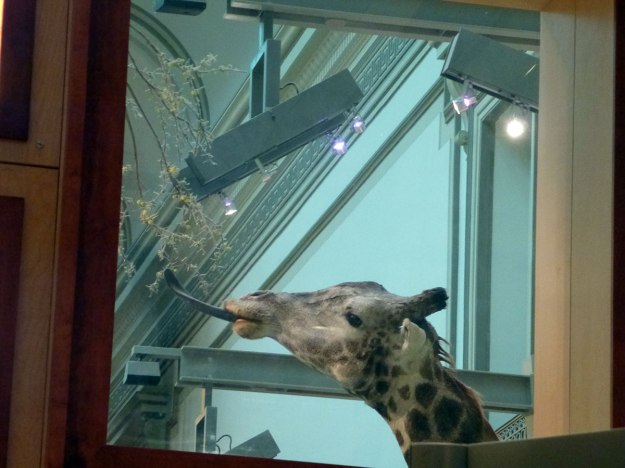
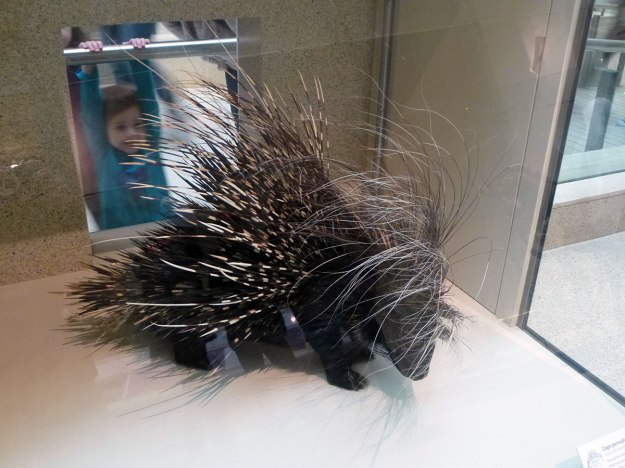
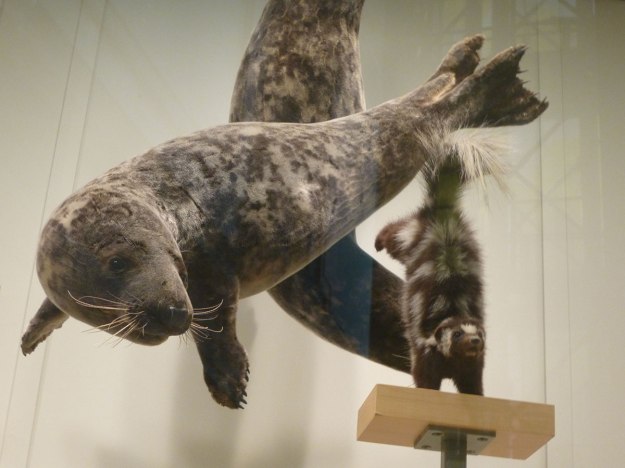
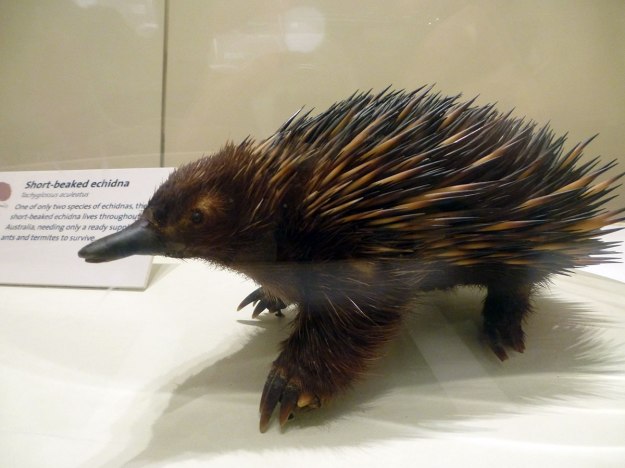
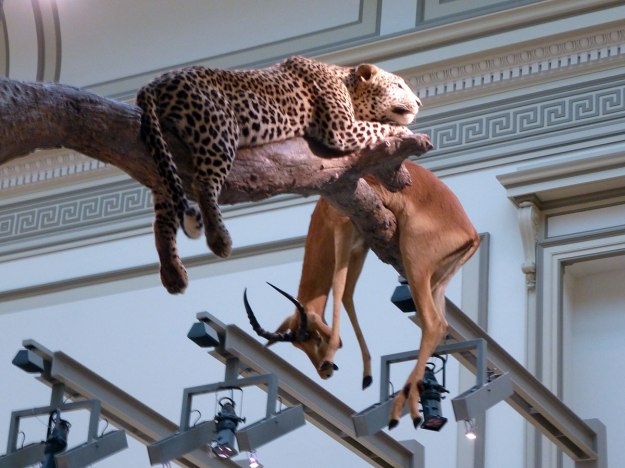
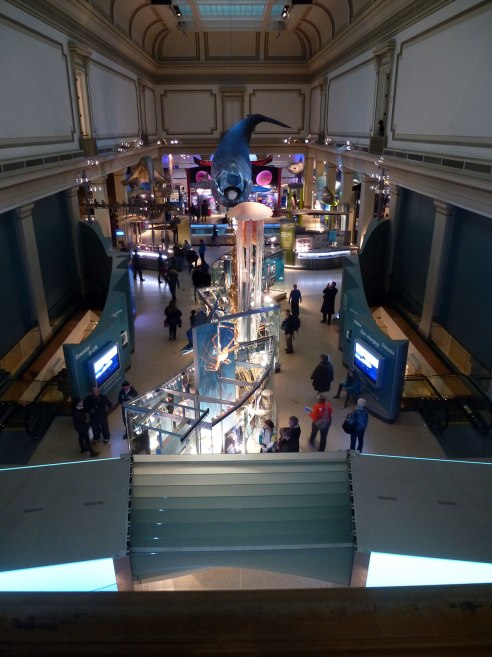
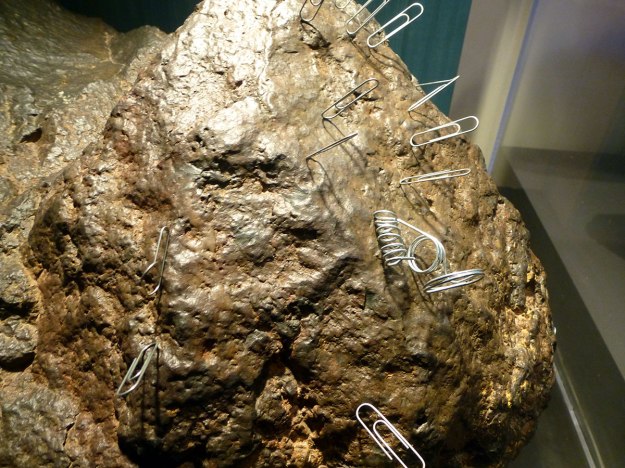
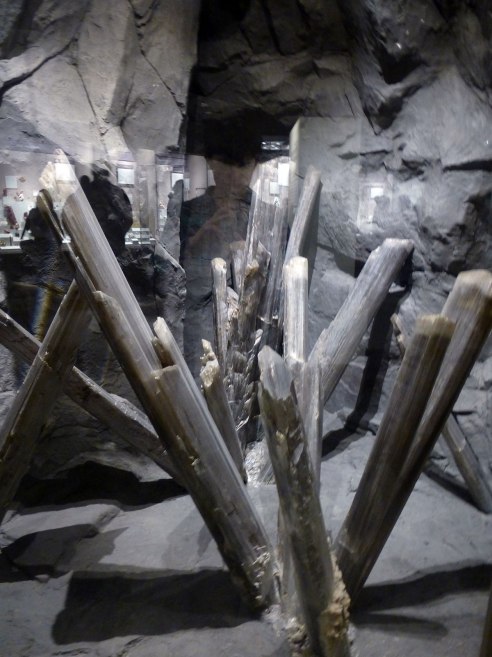
I’m very glad to hear that the crystal ball is still there—I always liked it better than the Hope Diamond, too. Spheres rule. The Cave of Swords is pretty great, too.
LikeLike
really, really like your posts, greta. hope you have a wonderful december. many years ago, when we lived in san francisco, bill and i gave my architect brother a “crystal ball” which he set on a table in the living room. a couple of days later he came home from work and found the table was smoldering because it had been a sunny day and the sun came in just right to hit the crystal ball. we lived two floors below him so we were also glad that it didn’t start a blaze.
hugs,
mary
LikeLike
Love these places, we went to the museum in Helsinki this summer with our grandkids and I had more fun there than I thought I would have and the Smithsonian is even better. Your comments about the jelly fish reminded me of last summer on Bob Beegles boat and looking down into the cove swarming with them, not a good sign….
LikeLike